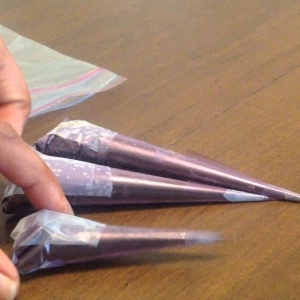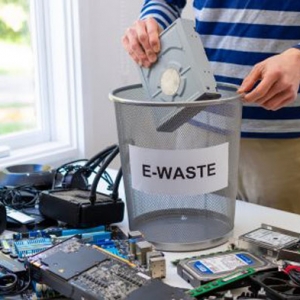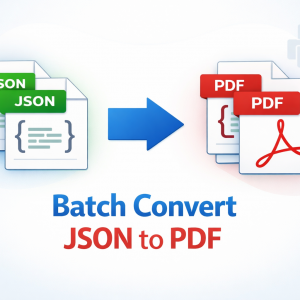Environmental sustainability is increasingly influencing the choice of foam blowing agents in the chemical and polymer industries. Traditional blowing agents, particularly chlorofluorocarbons (CFCs) and hydrochlorofluorocarbons (HCFCs), were highly effective in foam production but had severe environmental repercussions, including ozone depletion and high global warming potential (GWP). Rising regulatory pressures, such as the Kigali Amendment to the Montreal Protocol and stricter national building codes, have compelled manufacturers to explore greener alternatives. Today, hydrofluoroolefins (HFOs), carbon dioxide, and water-based blowing agents are at the forefront of this transformation. These agents offer similar foam quality while significantly reducing environmental impact.
Sustainable blowing agents are primarily classified into physical and chemical categories. Water-blown agents, for instance, react with isocyanates in polyurethane formulations to produce carbon dioxide in situ, forming the foam’s cellular structure. HFOs, on the other hand, are low-GWP physical agents that vaporize during polymer processing to create gas-filled foam cells. The adoption of these agents not only meets environmental compliance but also enhances the thermal insulation and mechanical properties of foams. This is particularly valuable in industries like construction, refrigeration, and automotive, where energy efficiency and performance are critical.
Bio-based alternatives are also gaining traction. Derived from renewable resources, these agents provide a circular economy approach to foam production. For example, certain bio-derived polyols paired with water or CO₂ blowing agents can produce foams with comparable or improved properties while reducing carbon footprint. Research in this area continues to focus on achieving uniform cell size, mechanical strength, and process efficiency, ensuring that eco-friendly solutions do not compromise product performance.
The transition to sustainable blowing agents is further driven by consumer awareness and corporate social responsibility initiatives. Companies are increasingly marketing their products as environmentally responsible, leveraging low-GWP foams as a differentiator. In addition, energy-efficient insulation foams help reduce operational energy consumption, contributing to sustainability goals beyond the manufacturing stage.
Despite these advancements, challenges remain. Water-blown and bio-based agents can affect reaction rates, foam density, and cell uniformity, requiring precise control over formulation and processing conditions. Ongoing collaboration between chemical suppliers, polymer producers, and equipment manufacturers is essential to optimize sustainable solutions and ensure wide-scale adoption.
In conclusion, sustainable foam blowing agents are reshaping the industry, offering an eco-conscious alternative without sacrificing performance. By integrating HFOs, water-blown systems, and bio-based agents, manufacturers can align with environmental regulations, enhance product efficiency, and meet the growing demand for green materials. The shift toward sustainability represents both a challenge and an opportunity, driving innovation and reinforcing the critical role of foam blowing agents in creating environmentally responsible foams.







